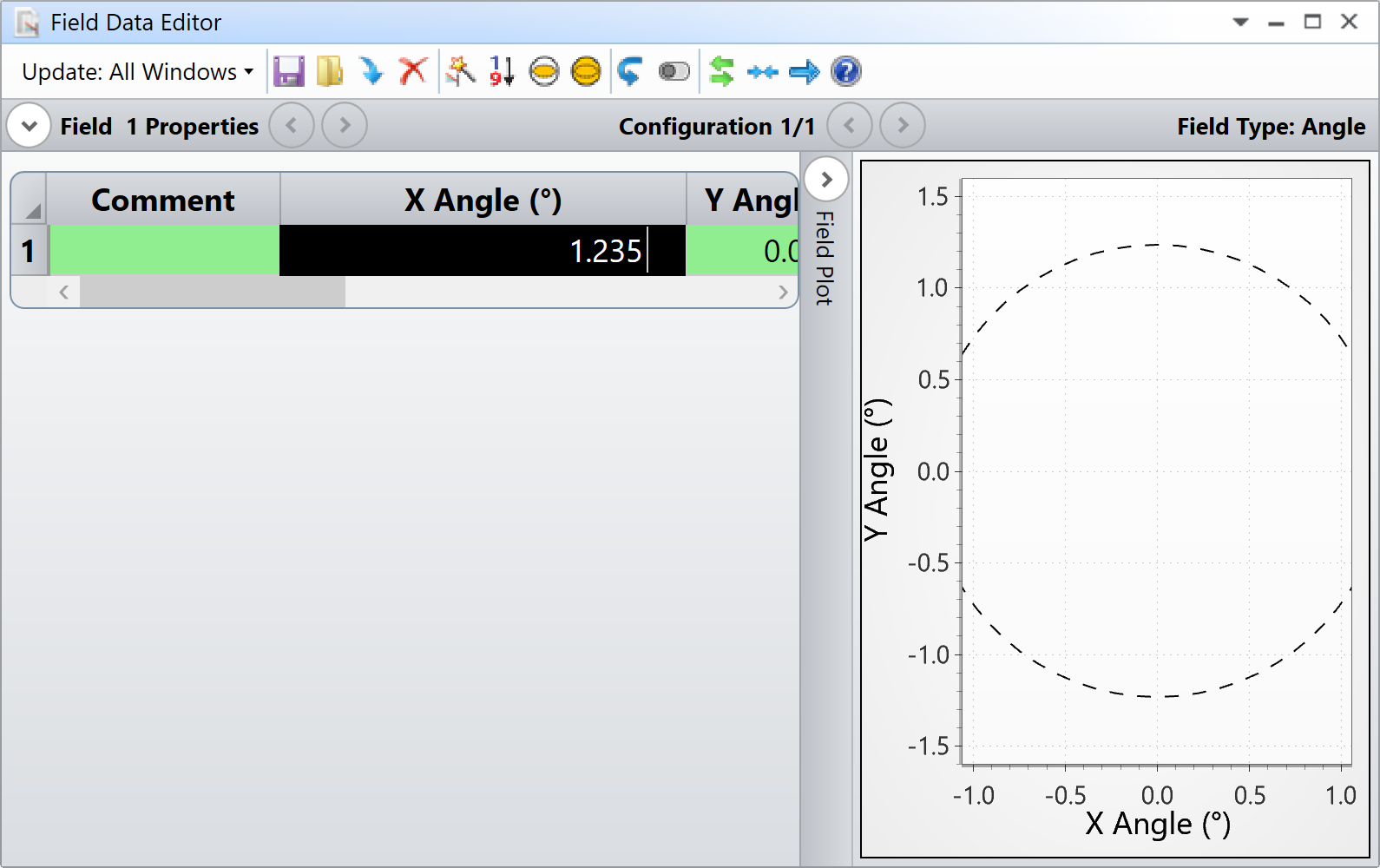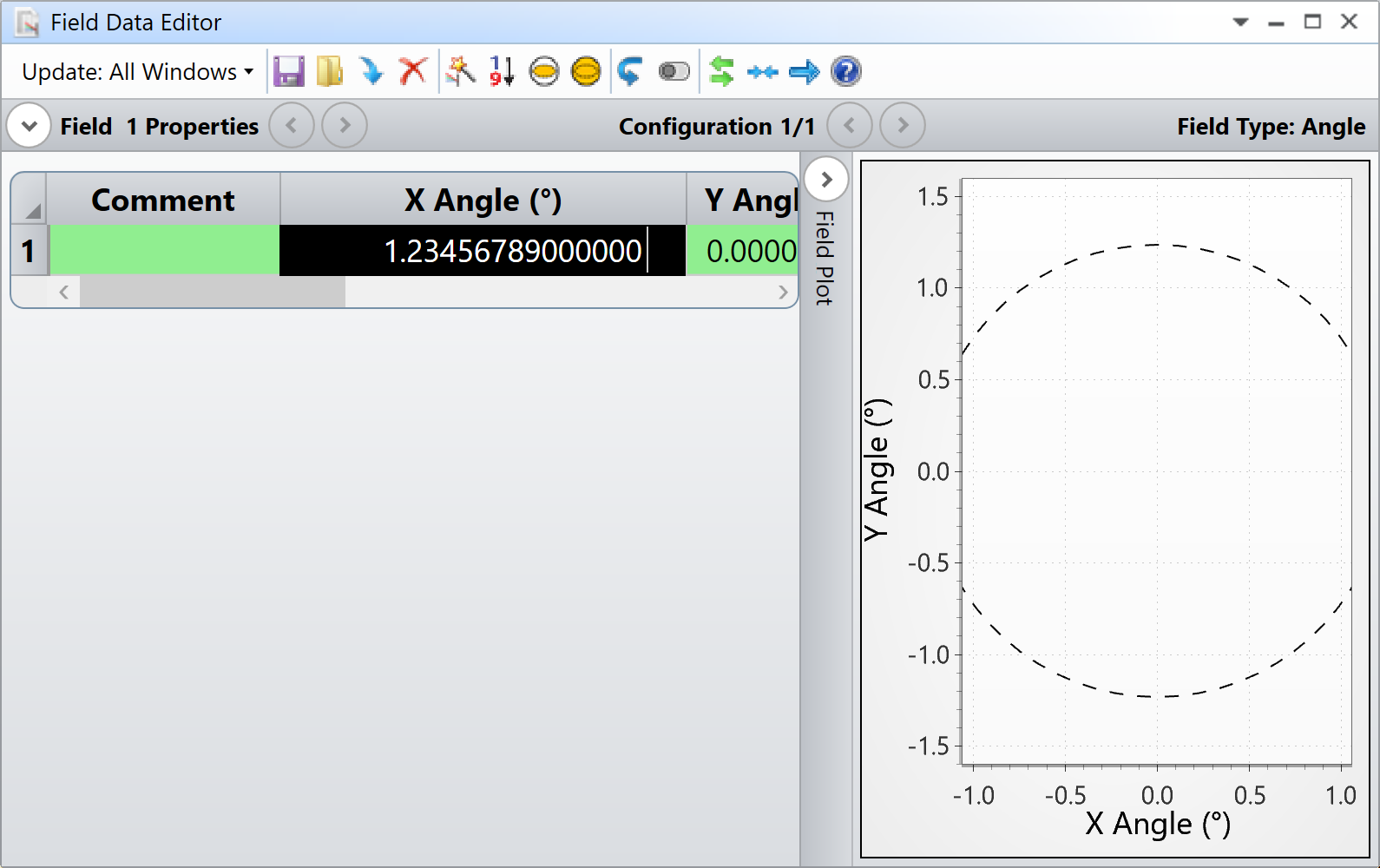Hello,
I have an object telecentric imaging system and I would like to tolerance its telecentricity.
I have simulated the object moving in z using 2 configurations for the two object positions.
My idea was to generate a merit function that calculates the magnification for each configuration and ask the difference between the two to remain below a certain value.
Is this good enough or does someone have a better proposition?
Thank you








